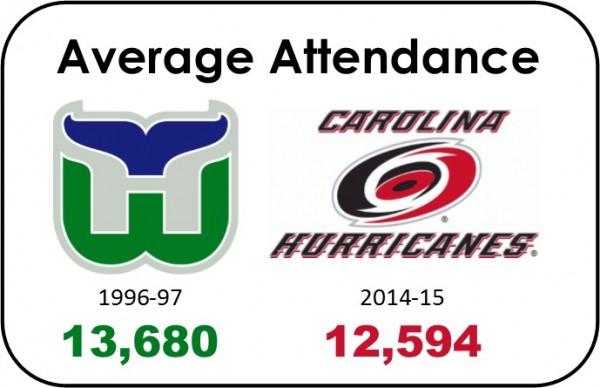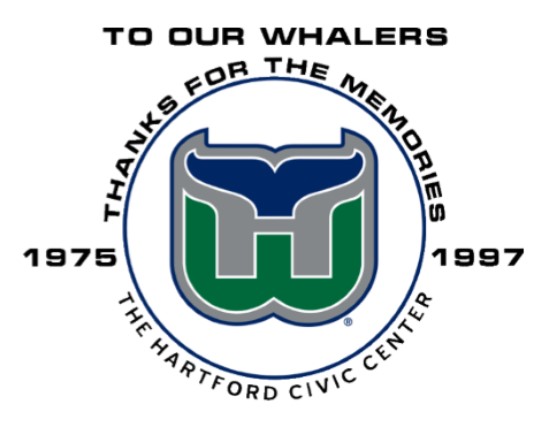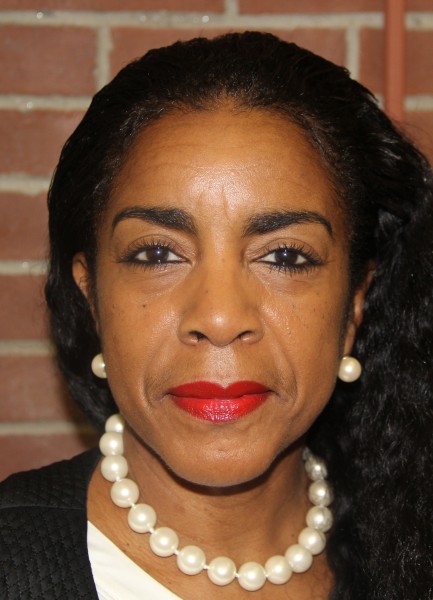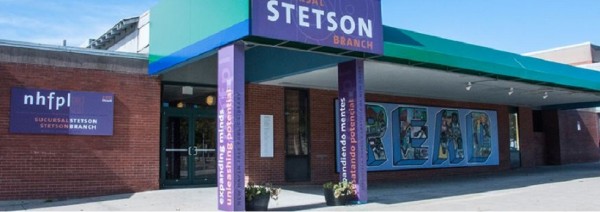Whalers Departing Attendance, Carolina's Recent Attendance, Among NHL's Lowest (Hartford Higher)
/During the 2014-15 National Hockey League season, the teams with the lowest average home attendance were the Arizona (13,345), Carolina Hurricanes (12,594) and Florida Panthers (11,265).
So far in the current season, through 23 home games, the attendance for Hurricanes games has sunk even lower, averaging 11,390, lowest in the league. They are the only team in the league to draw less than 13,000 fans per game. 
Fifteen years ago, during the 2000-01 season, the attendance numbers weren’t much better. Carolina had the league’s second lowest attendance, drawing an average of 13,355 per game for 41 home games. That ranked 29th in a 30-team league.
That was also only a handful of seasons after the teams’ move South, ending their 18-year history as the Whalers in Hartford, moving to Greensboro, North Carolina and becoming the Carolina Hurricanes for the start of the 1997-98 season.
In the 30-team league, during the past 15 years, Carolina has been among the league’s bottom-third in average attendance eight times, and the bottom-half every season but one. In 2006-07, the team ranked 15th in the league, their high-water mark. It was the season after the team won the league’s Stanley Cup. (The 2004–05 NHL season was not played due to a labor dispute.)
Those attendance number aren’t significantly different that the attendance levels when the team abruptly departed Hartford, nearly two decades ago. In early 1996, a 45-day “S ave the Whale” season-ticket drive resulted in 8,300 season tickets sold, about 3,000 more than the previous year. In the aftermath of the season ticket drive, and heading into the 1996-97 season, the Whalers management said they would remain in Hartford for two more years, in accordance with their lease.
ave the Whale” season-ticket drive resulted in 8,300 season tickets sold, about 3,000 more than the previous year. In the aftermath of the season ticket drive, and heading into the 1996-97 season, the Whalers management said they would remain in Hartford for two more years, in accordance with their lease.
In the Whalers' final season in Hartford, 1996-97, attendance at the Hartford Civic Center had grown to 87 percent of capacity, with an average attendance of 13,680 per game. Published reports suggest that the average attendance was, in reality, higher than 14,000 per game by 1996-97, but Whalers ownership did not count the skyboxes and coliseum club seating because the revenue streams went to the state, rather than the team. Attendance increased for four consecutive years b efore management moved the team from Hartford. (To 10,407 in 1993-94, 11,835 in 1994-95, 11,983 in 1995-96 and 13,680 in 1996-97.)
efore management moved the team from Hartford. (To 10,407 in 1993-94, 11,835 in 1994-95, 11,983 in 1995-96 and 13,680 in 1996-97.)
During the team’s tenure in Hartford, average attendance exceeded 14,000 twice – in 1987-88 and 1986-87, when the team ranked 13th in the league in attendance in both seasons.
Last season’s top attendance averages were in Chicago (21,769), Montreal (21.286), Detroit (20,027), Philadelphia (19,270), Washington (19.099), Calgary (19,097), Toronto (19.062), Minnesota (190230 Tampa Bay (188230 and Vancouver (18,710). The New York Rangers drew an average of 18,006, ranking 17th in the league in average attendance.
Florida’s attendance last year was a league-low 11,265; Arizona was 13,345 per game. The previous season, the New York Islanders, Columbus Blue Jackets, Dallas Stars, Florida Panthers and Arizona Coyotes all drew less than 15,000 fans to home games across the season. So far this season, with about half the home games played, five teams continue average 14,000 fans per game or less.
On March 26, 1997, Connecticut Gov. John G. Rowland and Whalers owner Peter Karmanos Jr., who had purchased the team in 1994, announced that the Whalers would leave Hartford after the season because they remain far apart on several issues, with the main sticking points linked to construction of a new arena. The team agreed to pay a $20.5 million penalty to leave at the end of the season, a year before its commitment was to expire.
The final Whalers game in Hartford was on April 13. Less than a month later, the Carolina Hurricanes were born, beginning play that fall in Greensboro while a new facility was built in Raleigh. Efforts to bring the NHL back to Hartford since that day have been unsuccessful.




 Nearly 25 million children— 35% of the country’s children — lived in single-parent families in 2014, the latest full-year data. That is an increase of 392,000 since 2010.
Nearly 25 million children— 35% of the country’s children — lived in single-parent families in 2014, the latest full-year data. That is an increase of 392,000 since 2010.

 cent of children live in mother-only households and 8 percent live in father-only households. Those numbers are virtually unchanged since 2010. Back in 2000, however, 69 percent of children lived in married-couple households, 25 percent in mother-only homes and 6 percent in father-only households.
cent of children live in mother-only households and 8 percent live in father-only households. Those numbers are virtually unchanged since 2010. Back in 2000, however, 69 percent of children lived in married-couple households, 25 percent in mother-only homes and 6 percent in father-only households.



 Congressional Districts, with the exception of the Fourth District, did better than the national average in the degree of income inequality.
Congressional Districts, with the exception of the Fourth District, did better than the national average in the degree of income inequality.



 Diane Brown is branch manager of the New Haven Free Public Library’s Stetson Branch. Known as the “urban librarian” to her patrons, Brown develops valuable programs and services to meet the needs of the underserved residents in a community with high rates of poverty, crime and low literacy levels. Under Brown’s leadership, the library has been transformed into a true community center. She brings residents together by hosting cultural and educational events such as an international “pop up” festival, art exhibits, lectures and health fairs, according to officials. She has been praised for facilitating an afterschool tutoring program for K-8 students and providing opportunities for children and their families to spend time together by establishing history and game nights.
Diane Brown is branch manager of the New Haven Free Public Library’s Stetson Branch. Known as the “urban librarian” to her patrons, Brown develops valuable programs and services to meet the needs of the underserved residents in a community with high rates of poverty, crime and low literacy levels. Under Brown’s leadership, the library has been transformed into a true community center. She brings residents together by hosting cultural and educational events such as an international “pop up” festival, art exhibits, lectures and health fairs, according to officials. She has been praised for facilitating an afterschool tutoring program for K-8 students and providing opportunities for children and their families to spend time together by establishing history and game nights. Elizabeth G. Rumery, library director for the Avery Point Campus Library at the University of Connecticut in Groton, has “transformed the library into a welcoming and dynamic place for students by modernizing the facility to meet the needs of 21st century learners.” Officials indicate that she worked with contractors and school administrators on renovating the library, with improvements including new media rooms and collaborative study spaces for students and faculty.
Elizabeth G. Rumery, library director for the Avery Point Campus Library at the University of Connecticut in Groton, has “transformed the library into a welcoming and dynamic place for students by modernizing the facility to meet the needs of 21st century learners.” Officials indicate that she worked with contractors and school administrators on renovating the library, with improvements including new media rooms and collaborative study spaces for students and faculty. The librarians join “an esteemed group of award recipients who are recognized as being catalysts for powerful individual and community change.” Only 80 librarians have received the national award since its inception in 2008, including six from Connecticut. In 2012, the recipients were Rachel Hyland, Tunxis Community College Library in Farmington, and Rae Anne Locke, Saugatuck Elementary "Secret Garden" Library in Westport. The 2011 winners included Jennifer O. Keohane, The Simsbury Public Library and Michelle Luhtala, New Canaan High School Library.
The librarians join “an esteemed group of award recipients who are recognized as being catalysts for powerful individual and community change.” Only 80 librarians have received the national award since its inception in 2008, including six from Connecticut. In 2012, the recipients were Rachel Hyland, Tunxis Community College Library in Farmington, and Rae Anne Locke, Saugatuck Elementary "Secret Garden" Library in Westport. The 2011 winners included Jennifer O. Keohane, The Simsbury Public Library and Michelle Luhtala, New Canaan High School Library.

 Thus far, eight leading funding institutions in Connecticut have expressed their intentions to commit financial contributions in support of the Collaborative goals utilizing their institutional grant-making process. Those organizations include Fairfield County’s Community Foundation, Hartford Foundation for Public Giving, Hispanic Federation, Perrin Family Foundation, Progreso Latino Fund (a committee-advised fund at CFGNH), Tariq Farid Foundation and The Community Foundation for Greater New Haven.
Thus far, eight leading funding institutions in Connecticut have expressed their intentions to commit financial contributions in support of the Collaborative goals utilizing their institutional grant-making process. Those organizations include Fairfield County’s Community Foundation, Hartford Foundation for Public Giving, Hispanic Federation, Perrin Family Foundation, Progreso Latino Fund (a committee-advised fund at CFGNH), Tariq Farid Foundation and The Community Foundation for Greater New Haven.




























